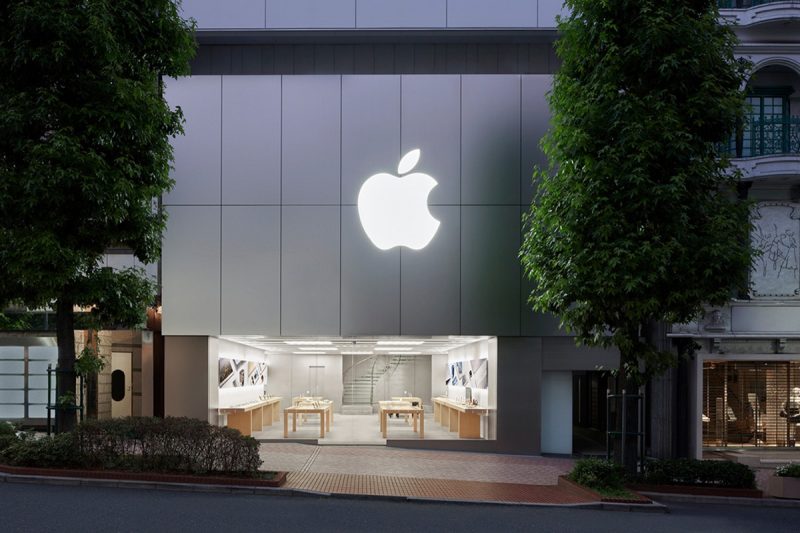
The Apple M1 chip is probably one of the hottest new things to come out in the world of mobile tech in the last year. We are used to being excited about stellar cameras or pristine screens, but when Apple announced that the M1 is coming to the latest iteration of the iPad Pro, we were pumped.
What’s the big deal with Apple M1? Well, there are two things that are really exciting. For one, it’s powerful — in fact, it’s so powerful that it was first introduced in the MacBook Air, MacBook Pro, and Mac mini, then added to the new iMac and then installed in the iPad Pro (2021).
But what it’s really valued for is its low power consumption. The M1 MacBook Air became an instant hit and users love it for the massive boost it provides in battery life over the Intel chip models. The new iPad Pros are also really, really tough to kill, regularly giving us 10 hours of heavy (multitask) usage.
Battery life is an extremely important quality for devices meant to be worked on the go, so with the M1 having such an amazing performance per watt ratio, it quickly became a hit.
The guys over at Tom’s Guide recently posted their breakthrough and device awards for 2021 and M1 is at the very top. The team spoke with Mr. Bob Borchers — VP of worldwide product marketing for Apple — and Mr. Borchers recollected a fun story from when the team first got their hands on a prototype M1 system.
“When we played with it for a few hours and the battery didn’t move, we thought “Oh man, that’s a bug, the battery indicator is broken” — he said. However, Tim Cook was in the room with him and found the reaction pretty funny. “Nope, that’s the way it’s supposed to be”, Mr. Cook replied.
The Apple M1 is the logical evolution of Apple’s work with processors. The company has been making its own Apple A chips since the acclaimed iPhone 4 — powered by the good old Apple A4. The chips are the main driving force behind the iPhones — often climbing to the top of benchmark scores for that year. Since the chips are so powerful, the iPhones have a lot of headroom to work with, which is why they can usually receive major iOS updates for years on end and still work without a hitch (but you will very probably need a battery refresh a couple of years in).
After seeing the success of the Apple A silicon, Cupertino got to work on the M1 with a very clear goal in mind — it needs to be noticeably better than what Intel has to offer. After all, why spend all the time on R&D and making your own silicon if it will make little difference in the end?
Well, the M1 arrived with a splash. The tech community is currently excited over rumors about a possible Apple M1X chip, which would allegedly power the next 16″ MacBook Pro, and we’ve been hearing whispers about an Apple M2 in 2022. Will they deliver a massive performance boost compared to the M1? I would wager not, but who knows — we might be pleasantly surprised yet again.

